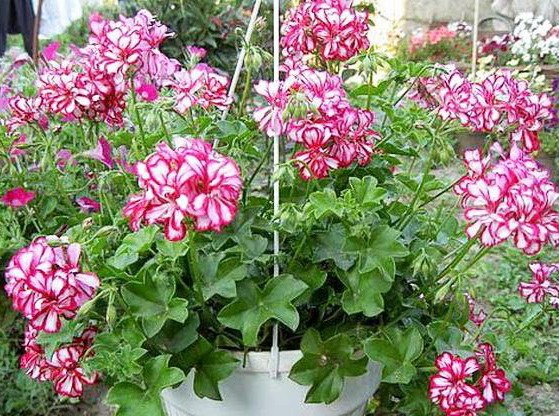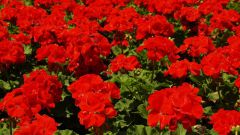You will need
- Pelargonium, pot, nutrient substrate, water, fertilizer.
Instruction
1
Growers are engaged in professional cultivation of geraniums, you know that the plant absolutely does not welcome direct. In some cases, a transplant still necessary? If you notice that the roots of pelargonium began to break through the drainage holes in the pot. This speaks to the natural growth of plants. Of course, in this case, the size of the pot should be increased. Such external signs as listlessness plants, lack of response to fertilization also serve as alarming reminders that the flower needs an emergency transplant. In addition, pelargonium needs a new substrate.
2
Choose a new pot that is larger than the previous one by only 5-7 cm Pelargonium is not growing in large tubs: the flowering of it getting worse. Make sure that the pot had drainage holes: they will go away excess water. At the bottom of the tubs, place a concrete block, a layer of foam or particles of broken pots - all this will provide good drainage.
3
To easy to get pelargonium from the old pot, pour it. Pull the plant together with a clod of earth: geraniums don't like when disturb its root system. Place the plant in the center of the new pot, and add the new substrate on the sides so that the edges of the tank were only one centimeter. Earth seal: there should not be voids. Pour pelargonium only on the third day. Naturally, the land into which you transplant a flower, needs to be moist.
4
When the plant is transferred into a new pot without removing the earthen clod with roots, a process called transshipment. Transplantation involves thorough cleansing of the root system from the earth. This process is quite traumatic. To remove the earth from the roots, geraniums can be a little shake. Separate earthen lumps of clean hands. Get rid of the old soil in that case, if the geranium is sick.
5
Produce transplant geraniums in early spring, before flowering. If it is not possible to transplant the flower, just replace the top layer of the new land. When transplanting geraniums in a very nutritious substrate start to produce only feeding three months later. During this time the soil is depleted. The frequency of fertilization: once a week from late spring to autumn.
Note
Store-bought plant often requires an emergency transplant.
Useful advice
Either before or after transplant pelargonium needs no spraying water. This is one of the most common mistakes made by growers.

